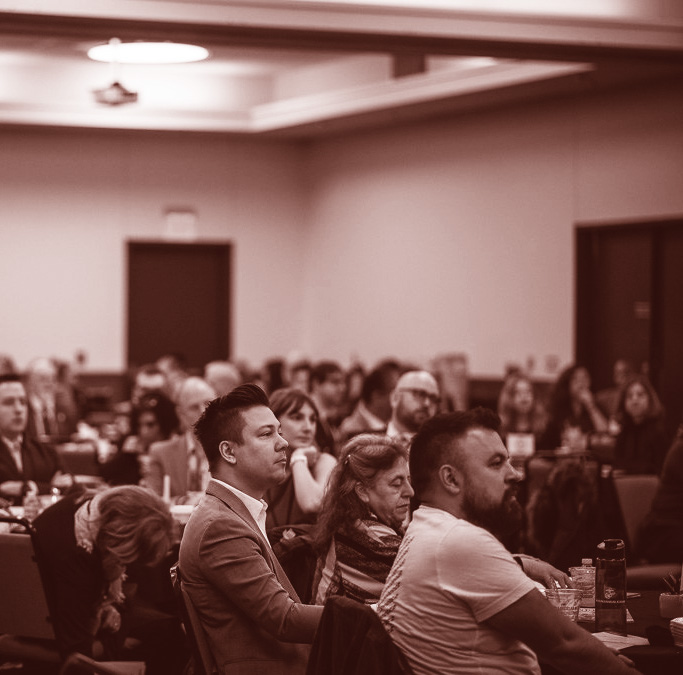2023-2025 Agenda
Gathered through extensive statewide engagement with the field, the set of policy priorities below reflects the breadth and diversity of Illinois’ creative sector—individual artists, creative businesses, nonprofit arts and cultural organizations, and arts educators—and serves as a roadmap for the sector’s short and long-term health.

Each agenda item may include multiple actions, strategies, or campaigns. Agenda items may also require additional support from partners, organizations, and businesses.
While this agenda addresses our community-driven goals through 2025, the Alliance is aware that priorities may change and new items may emerge. Click here to contribute information that will help keep this agenda relevant and impactful.
The first iteration of this agenda was released in April 2023.
Rightsize state funding for the Illinois Arts Council (IAC)
Increase the annual state appropriation to the Illinois Arts Council to match the state’s stature as the 6th largest creative economy with the 6th largest public investment in direct support to cultural organizations and artists in America, prioritizing rural, BIPOC, and other underserved communities. Make IAC grants larger and emphasize advance payment and multiyear, general operating support.
Empower artists through workforce development
Fully fund and implement workforce development initiatives focused on empowering individual artists, creative workers and entrepreneurs to help them improve the financial sustainability of their artistic careers, pursue new opportunities within a rapidly evolving creative sector, or apply their creative skills to other industries.
Ensure the creative sector has access to quality, affordable benefits
Ensure that individual creative workers, as well as creative small businesses and nonprofits, have access to benefits such as health insurance, housing¹, retirement, and dependent care. Reform existing public benefits systems to take into account the unique needs of the creative sector and/or establish new programs that pool, coordinate, and subsidize benefits tailored to creative sector stakeholders.
Make more space available for the work of artists, creative entrepreneurs cultural organizations, and creative businesses
To address the shortfall of affordable rehearsal, program, and performance space, provide tax incentives to landlords who rent to arts nonprofits. Facilitate partnerships with land banks / municipalities to help creative sector stakeholders obtain and utilize vacant properties, with benefits to community development. (See South Side Artists for Sacred Spaces, a pilot program of Arts Alliance and our partners, for one example of intersectional partnerships that secure space for creatives.)
Invest in the creative sector’s physical infrastructure
Develop and fund an arts capital program – including state grants, loans with favorable terms, and technical assistance – that supports construction and renovation projects directly related to arts and culture.
Support artists in their innovative work to address civic and societal challenges
Expand and strengthen existing state funding pathways that engage individual artists, cultural nonprofits and creative businesses as contributors to public initiatives—across agencies and issue areas such as civic engagement, community development, public health, and social resilience. By embedding creative work in this way, the state can tap the skills of Illinois’ diverse creative workforce to support community-focused outcomes and reach residents through trusted local partners.
Strengthen and expand Illinois’ creative industries
Provide state funding for new and/or expanded creative industries incubation centers across the state, as well as support creative entrepreneurs & businesses through new and expanded technical assistance specific to the creative industries.
Partner with the sector to bring audiences and visitors back
Provide state funding for a coordinated, statewide marketing campaign that moves audiences to return to pre-COVID levels of engagement with the arts. For many arts organizations, audiences have not fully returned, resulting in decreases in vital earned revenue.² ³ See the City of Chicago and Choose Chicago’s “Theater Season” campaign as an example.
Enact protections for freelance workers
Artists are 3.6 times as likely to be self-employed than workers in other industries.⁴ Assist the creative sector’s many freelancers by enacting state legislation that guarantees them basic protections, such as timely payments, the use of written contracts, and anti-retaliation provisions.⁵ See New York City’s Freelance Isn’t Free Act.
Raise the threshold for the state’s audit requirement (Achieved in 2023)
To alleviate a costly administrative burden on small nonprofit arts organizations, enact state legislation (e.g., SB72 / HB1197) that raises the amount of charitable contributions a nonprofit must receive before being required to submit a full audit to the State.
Advance the implementation of the arts indicator
Renew the implementation of Illinois’ Every Student Succeeds Act (ESSA) arts indicator that was temporarily paused due to the pandemic. Starting in School Year 2024-25, the Illinois State Board of Education (ISBE) will consider arts education in its evaluation of all schools (K-12), but the indicator will not be weighted/”count” until ISBE determines the viability of the data collection process.
Require arts education for all Illinois students
There is strong evidence that the arts “can produce meaningful impacts on students’ academic outcomes and social-emotional development.”⁶ Require all high school students to complete a minimum number of arts courses to graduate, as well as require mandatory minutes of arts instruction for all elementary school students.
Address the arts teacher shortage
Develop and implement a statewide plan to address the worsening shortage of arts teachers in Illinois, with an emphasis on diversifying the field and strengthening the teacher pipeline.⁷ Create alternative pathways into arts teaching, provided they are on par with traditional pathways.
Update and strengthen the AFL grant program
Update the statute authorizing the Illinois Arts and Foreign Language (AFL) grant program to significantly increase AFL funding, allow districts to receive repeat funding, and allow spending flexibility within the grant to address individual challenges and opportunities facing arts educators. As one of the only sources of State funding focused on arts education, AFL provides school districts across the state with grants to plan, launch, and expand arts instruction. AFL is administered by IACA in partnership with ISBE.
Maximize the impact of arts-dedicated COVID relief and recovery⁸
Continue to coordinate with state and local agencies around remaining relief efforts to maximize the reach and effectiveness of remaining ARPA funding.
Through statewide advocacy, Arts Alliance Illinois and its partner organizations successfully advocated for $50 million in state COVID relief dedicated to the arts sector. In Fall 2023, the state disbursed those funds to thousands of creative workers and organizations throughout Illinois. While this funding offered critical relief funding for the arts, it is not enough to build a sustainable arts future for Illinois. The Alliance is identifying additional funding opportunities for creatives and cultural organizations/businesses, providing direct support to applicants through our Help Desk, and conducting research around the overall impact of COVID relief on the sector.
¹ Vu, Ngoc-Tran. “We Need to Open Better Pathways to Homeownership for Gig Economy Artists and Freelancers.” Grantmakers in the Arts, Apr. 2021, www.giarts.org/we-need-open-better-pathways-homeownership-gig-economy-artists-and-freelancers.
² Voss, Zannie, et al. Navigating Recovery: Arts and Culture Financial And …, Oct. 2023, www.chicago.gov/content/dam/city/depts/dca/smu/smureport2023.pdf.
³ American Alliance of Museums. “Museum Field Attendance, Financial, Staffing Recovery to Take Years, New Survey Finds.” American Alliance of Museums, 27 June 2023, www.aam-us.org/2023/06/27/museum-field-attendance-financial-staffing-recovery-to-take-years-new-survey-finds/.
⁴ Artists and Other Cultural Workers: A Statistical Portrait, National Endowment for the Arts, Apr. 2019, www.arts.gov/sites/default/files/Artists_and_Other_Cultural_Workers.pdf.
⁵ “Arts Workers in California.” Urban Institute, 19 Jan. 2021, www.urban.org/research/publication/arts-workers-california.
₆ Bowen, Daniel H., and Brian Kisida. “Investigating the causal effects of arts education.” Journal of Policy Analysis and Management, vol. 42, no. 3, 22 Nov. 2022, pp. 624–647, https://doi.org/10.1002/pam.22449.
⁷ Beilstein, Shereen Oca, and Tom Withee. 2021 Illinois Educator – Shortage Survey, iarss.org/wp-content/uploads/2022/04/ChonicTeacher.pdf. Accessed 6 Feb. 2024.
₈ Novoa, Magdalena, and Emily Guske. The Pandemic’s Impact on Artists and Creative Workers in Illinois: Exploring Lived Experiences in the Urbana Champaign Area, University of Illinois College of Fine & Applied Arts, Oct. 2023, artsimpact.faa.illinois.edu/.

